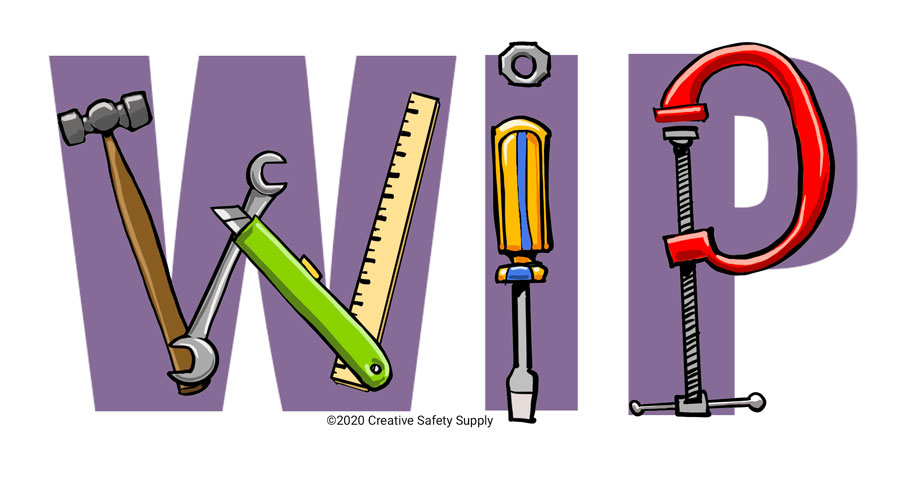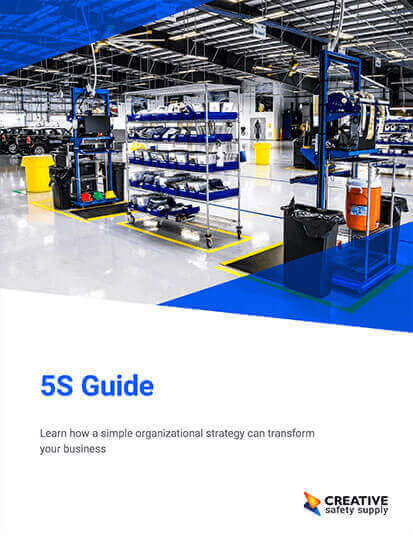
WIP is a commonly used abbreviation in manufacturing meaning ‘Work in Progress’ or ‘Work in Process.’ WIP encompasses inventory between raw materials and a finished product. Works in progress are also Items or products that have yet to be delivered or payment has yet to be received. WIPs can also be considered items that have been received at the factory but have not been delivered to the customer.
What is WIP?
Once raw materials have gone through any type of value-adding process, they are considered as a work in progress. In manufacturing, WIP is considered a type of inventory and should be closely kept track of. Having excess inventory is considered a waste because unfinished products can tie up cash for periods of time and take up valuable space in a facility.
Ultimately, keeping WIPs moving through the manufacturing process will affect the bottom line. If a facility is on a path to getting Lean, it's important to map out the flow of materials to get a better understanding of WIP.
Reducing Levels of WIP
A manager can identify areas that WIP is held up or delayed is by conducting a bottleneck analysis. Conducting this analysis will help to identify areas with bottlenecks—spots in the process that are often backed up —and find solutions to steady the workflow.
Facilities can eliminate bottlenecks by adjusting the flow, simplifying the process, adding staff, or reducing production. Implementing one or more of these solutions can keep manufacturing inventory moving swiftly from raw materials, to work in progress, to a finished product.
Similar Glossary Terms
- Bottleneck
- TIMWOOD
- DOWNTIME
- Lead Time
- Waste of Overproduction
- One-piece Flow
- Cellular Manufacturing
- Material Flow
- Throughput

